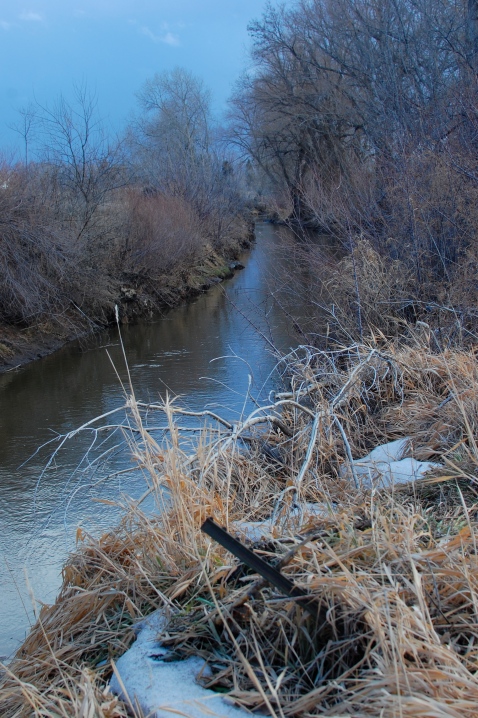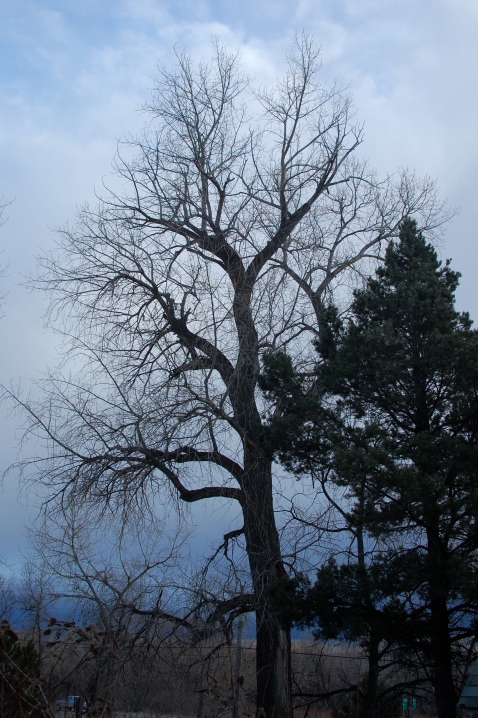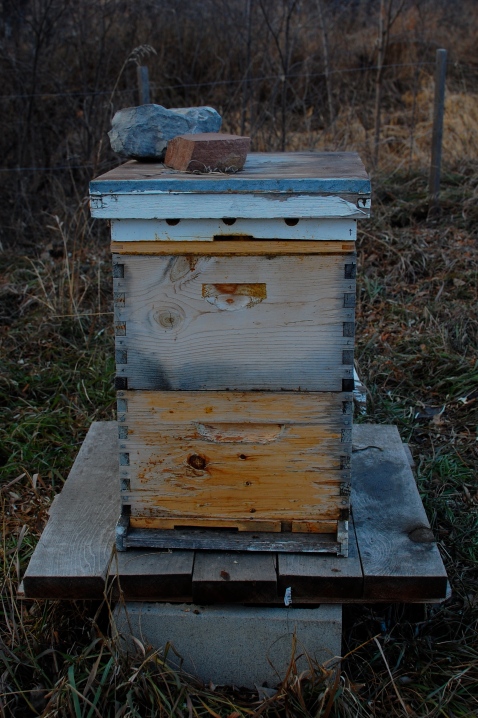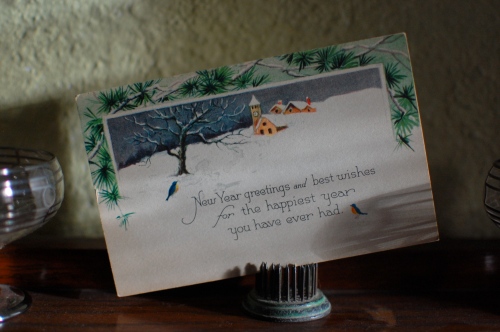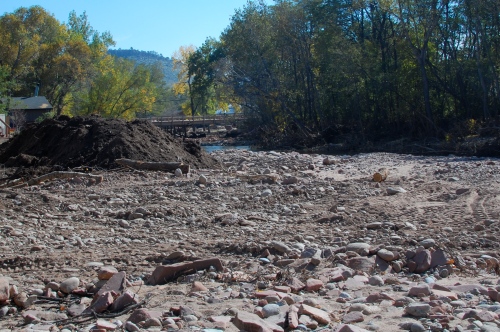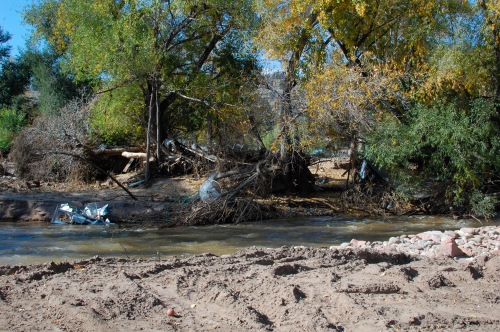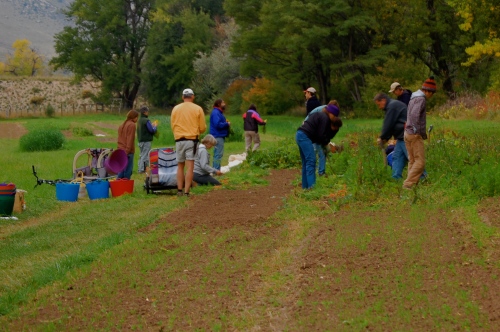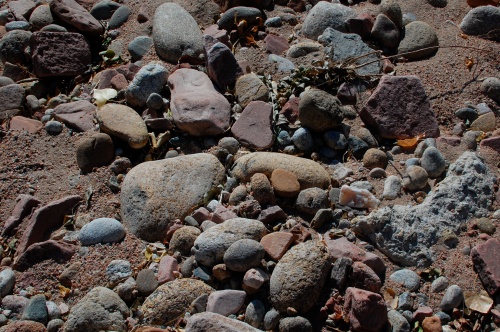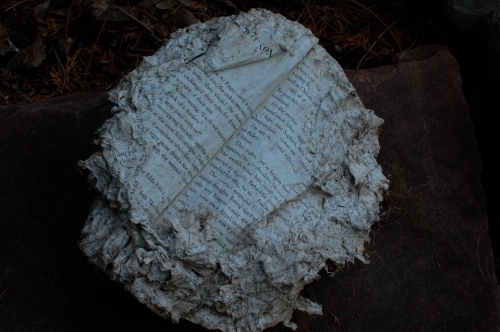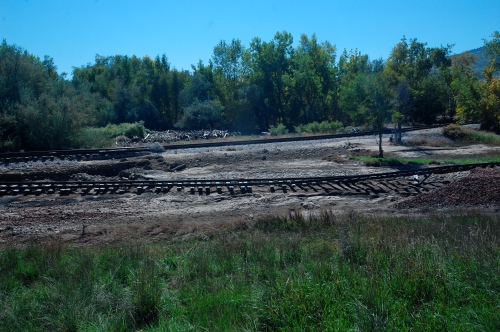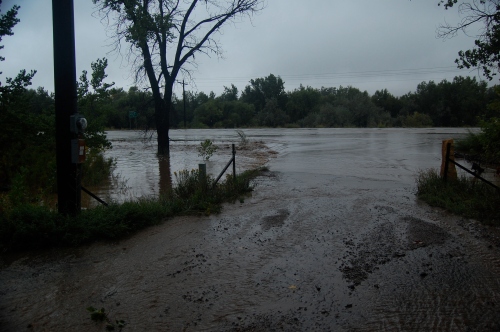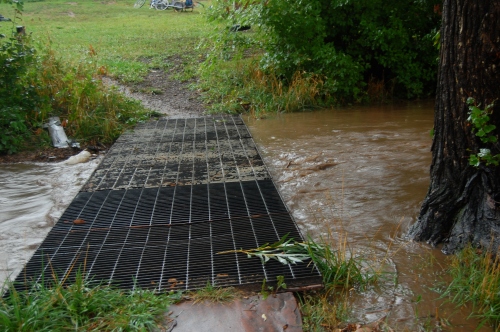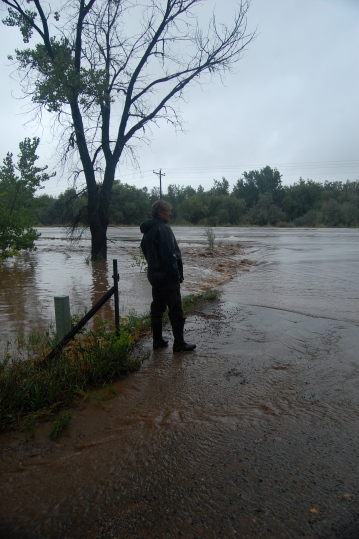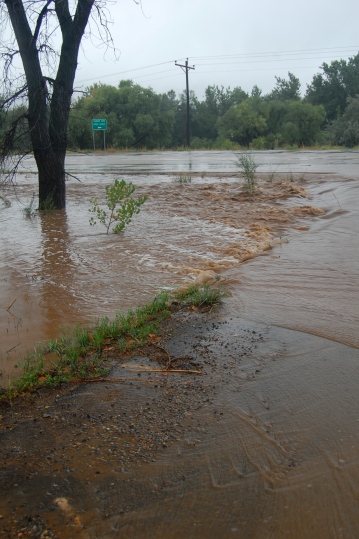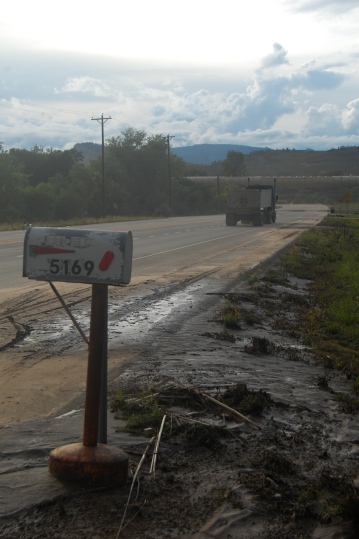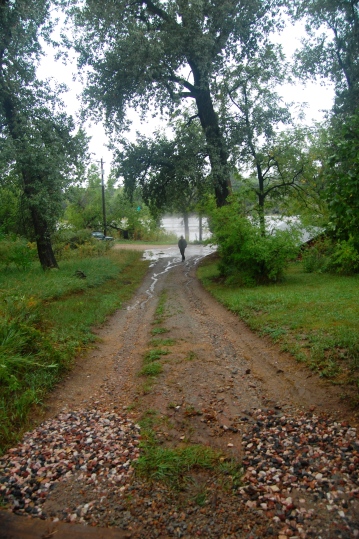“Do you have any words to share before I pitch the yeast?” John asks as I pour the last of the honey into the five-gallon bucket in our sink. We’re making our annual batch of mead, the fermented honey wine that we brew from our own Stonebridge honey. Mead is the ancient beverage from which the word “honeymoon” derived, for weddings were once accompanied by a celebratory “moon”—or month—of revelry and mead-drinking.
“To 2014,” I say simply. “A year without pestilence, flood, fire, plague . . . .”
“Or war,” John finishes.
“Definitely, without war,” we agree.
2013 is a good one to put behind us. Damages from the flood that ravaged our area are still apparent in the people displaced, homes lost, and businesses closed. Still, so much work has been accomplished in re-establishing infrastructure that it’s easy to forget how ruptured our lives were for weeks following the flood. Just driving into town on repaired roads without checkpoints or heavy machinery blocking lanes has brought a sense of normalcy back to our lives.
And the flood was the capper on a difficult year, one with freezing temperatures in April that killed emerging fruit blossoms; heavy hail in June that damaged tomatoes and grapes; drought in July and August that delayed fall crops; and then flood and its chaotic aftermath as our community was evacuated and our members relocated for weeks, with some still to return.
We are glad to put those times behind us as we rebuild and plan for the year ahead. But 2013 also had its gifts, both personal and public, like the publication of my book, A Bushel’s Worth: An Ecobiography, and the growth of new neighborhood and community bonds as we all worked together to survive.
I’m a little superstitious when it comes to the first day of the year. I like to fill the day with positive acts that portend the way we’ll spend the next 364 days, hence making a new batch of mead that we’ll enjoy this summer (and which we’ll keep in vintage bottles and label “New Year’s Straight,” since we brewed with straight honey rather than adding spices or fruit). Another new year’s ritual is taking a walk around the farm, so after the new batch of mead was stored in the basement brew room to ferment for a couple days, John and I headed outside to survey the land and visualize the coming year, me wearing the lacy knit scarf he’d given me for the solstice and he in the down vest that had been my gift to him.
We stop to watch the water flowing through the upper ditch on the east edge of our farm. Even though we don’t own shares in the Highland, the return of water to this ditch is a welcome sight. The majority of irrigation ditches in our area suffered some damage during the flood. Even though our ditch—the Palmerton—didn’t overflow on our farm, it did breach on land before and after ours, and the headgate is now many feet above the new level of the river. We’ll learn more about the fate of our own ditch at a meeting later this month, but we’ve been told we’ll have water to irrigate this season and the winter water in the Highland is a hopeful sign for ours.
Yesterday, I’d seen a bald eagle flying above a former cornfield across the highway from Birch Lake east of Stonebridge, perhaps the same eagle we’d seen two weeks earlier perched in a tree at the edge of Hygiene nearby, so today I watched for birds and nests as we made our way to our north fields. A bald eagle in flight is stunning in size and strength; this one seemed to ride the breeze like a boat rides the waves, for I never saw it flap its wings as its prone body soared parallel to the ground, looking for small prey, its white head the telltale sign of its reign.
We’re always happy to see the balds in our area, especially this frigid winter. I wonder how the flood has changed their habitat, since so many of the huge trees along the St Vrain were torn away by the surging water or have been cut down in the clean-up along the banks. I’ve noticed, too, that the red-tailed hawks are fluffier this year than I’ve observed previously, a sign, I think, of the frigid weather we’ve had so far—and probably of more cold to come.
Since we’d just made mead from the past season’s honey, I wanted to check the beehives to see if any bees were buzzing in and out of the openings on this cold day. I didn’t see a single bee outside the hives, which are snuggled up for the winter, but I did startle a great-horned owl from a tree on the other side of the ditch. John and I are always on the look-out for “our” owls, the pair that have lived at Stonebridge for over a decade now, but we haven’t seen much of them this year. Today’s sighting seems a magnificent omen for the year to come—and we’ll take every propitious omen we can get.
With the mead brewing in the basement and the owls and eagles flying overhead, I feel more confident about the future than I have for quite a while. Looking back at 2013, we can say, “We came through that and we’re stronger for it,” but the strength came at too high a cost. Let’s hope for peace in the new year, for homes rebullt and families resettled, for cooperation among our policy makers, and for the extension of the ethic of sharing from our small community to the wider world, an ethic that promotes prosperity not just for a few, but for all.

